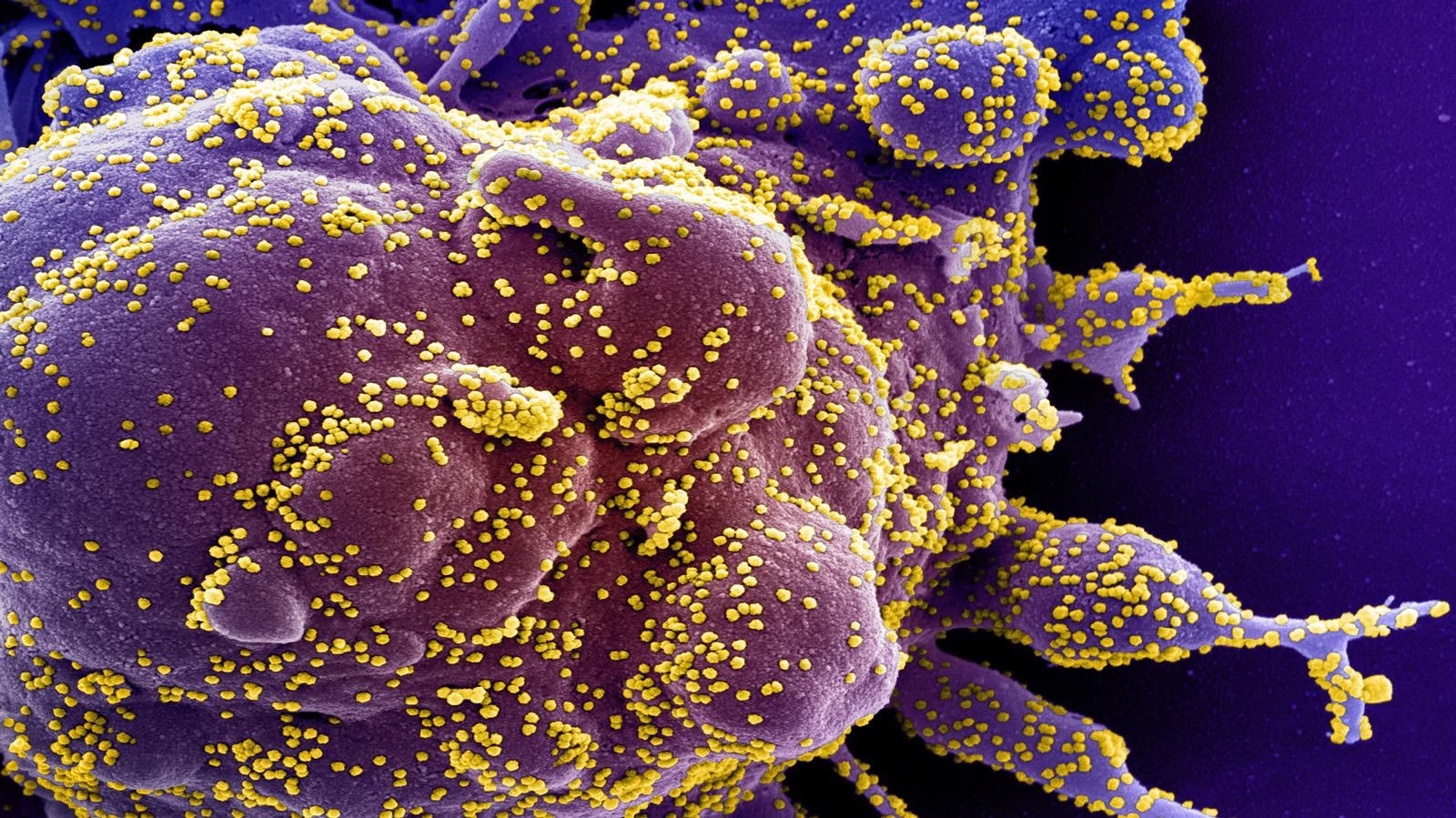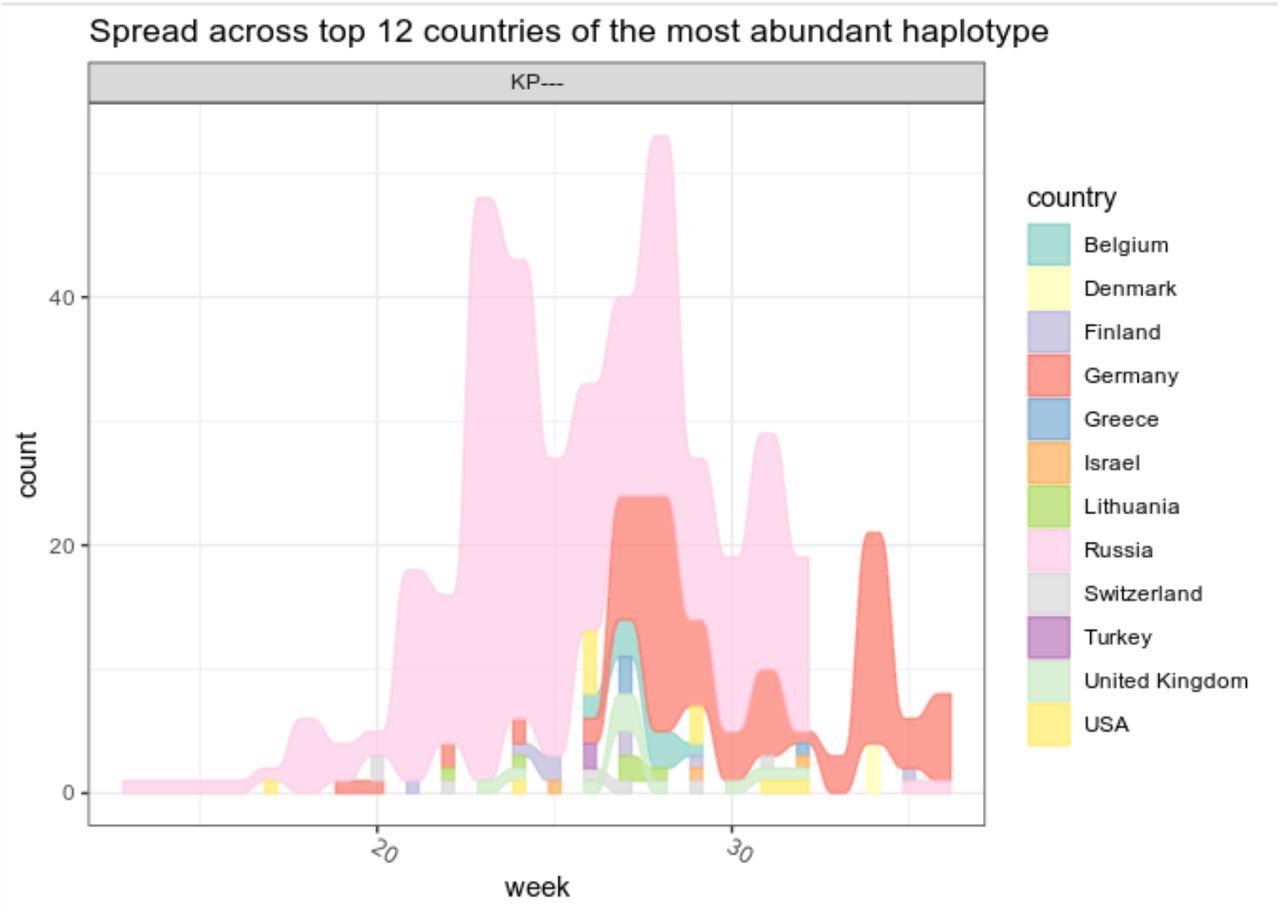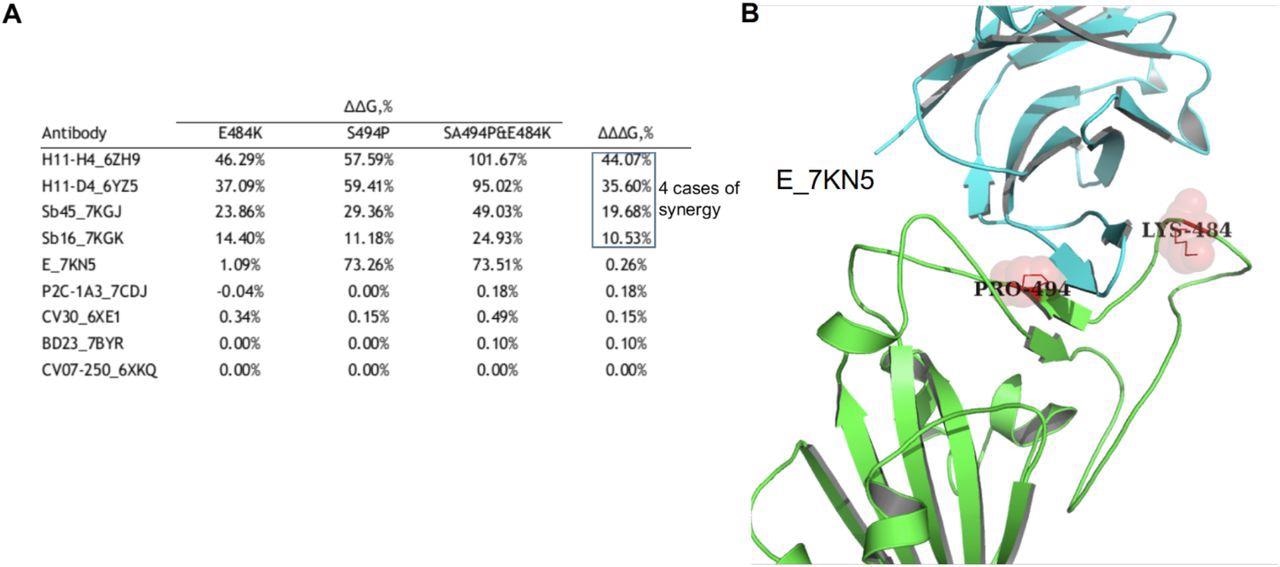Identifying the spread of novel B.1.1.523 SARS-CoV-2
In their recent study, researchers from Lithuania have reported the emergence of a novel severe acute respiratory syndrome coronavirus 2 (SARS-CoV-2) variant lineage B.1.1.523 containing a set of mutations associated with immune escape, including deletion 156_158del, substitution E484K and S494P in Spike (S) protein.
The novel SARS-CoV-2 variant lineage B.1.1.523 was added to the list of variants under the World Health Organization's Monitoring (VUM) section on July 14, 2021.
The team conducted an analysis to evaluate the origin of the newly discovered variant as well as predict potential epidemiological impacts and risks. Preliminary phylogenetic analysis indicated that this variant has a distinct viral lineage that may have originated in Russia.
A pre-print version of the research paper is available on the medRxiv* server while the article undergoes peer review.

The ever-growing list of SARS-CoV-2 genomic sequences
Genome sequencing has played a crucial role in SARS-CoV-2 vaccine development, as well as understanding the viral evolution. In many countries, sequencing is being utilized as a tool for epidemiological management of infection. As a result, a large dataset of SARS-CoV-2 genomes has been collected in the GISAID database, encompassing more than 3.7 million sequenced genomes from around the world.
As of May 31, 2021, World Health Organization (WHO) has proposed designations for global SARS-CoV-2 variants of concern (VOC) and variants of interest (VOI) to be used alongside scientific nomenclature in communications about variants to the public. There are currently five SARS-CoV-2 VOCs: Alpha, Beta, Gamma, Delta, and recently Omnicron, circulating the world.

What did the researchers do?
The study was conducted as a part of routine analysis of the National Lithuanian sequencing results from national sequencing efforts coordinated by the National Public Health Surveillance Laboratory. Sequences used for the comparative analyses were downloaded from GISAID.

Lineage assignment tool pangolin 3.1.11 was used to assign most likely lineage to all sequences. Phylogenetic analysis of full genomes was performed to elucidate the potential origin of the lineage and transmission cluster.
The S protein-based phylogeny was based on the S protein sequences extracted from GISAID and aligned to the reference COVID-19 sequence. The recombination detection was conducted using either genomic or protein sequence corresponding to the S protein.
What did the researchers find?
A novel SARS-CoV-2 variant, classified as B.1 by PANGO, was identified containing multiple S protein mutations associated with immune escape. The variant was assigned the new phylum name B.1.1.523 (https://github.com/cov-lineages/pango-designation/issues/69).

At the time of concluding this study, the total number of cases with the novel variant had reached 598 in over 32 countries. It is likely that the rapid increase in circulation of the Delta variant could have diminished the rise of B.1.1.523 lineage, however, the spread of the novel SARS-CoV-2 lineage did not cease and has even started to rise.
"Presence and spread of SARS-CoV-2 B.1.1.523 lineage is evident regardless of the rapid spread of the delta variant" the team highlights.
According to analysis, B1.1.523 has originated in Russian Federation and spread across European countries. The sequenced clades peaked at week 25 and then subsided. In total, 95 transmission clusters have been identified. The peak of B.1.1.523 transmission intensity was around April – May 2021. The most numerous transmission clusters were detected for the most recent common ancestor (MRCA) originating from Germany and Russia.
Currently, a vast growth of B.1.1.523 can be observed in Germany. Interestingly, the transmission of this lineage has diminished in Russia, where it was most expected to rise. Different diagnostic strategy approaches could explain this in the Russian Federation, where the testing is performed on non-randomly selected sources. Alternatively, this could be explained by the steep rise of the Delta variant in Russia, which started a month earlier than in Europe/ Germany.
The B.1.1.523 lineage possesses three or more mutations that characterize SARS-CoV-2 VOCs, including S:156-158 del, S:E484K and S:S494P. S:156-158 deletion at β-hairpin antigenic supersite located at the same region as that for the Delta variant (E156G and 157-158del). E484K mutation has been detected in Beta variant (B.1.351) and VUM Zeta (B.1.1.28). The mutation contributes to SARS-CoV-2 immune system evasion as evident from a significant reduction of convalescent serum neutralization. Additionally, S494P mutation is related to 3-5-fold reduced SARS-CoV-2 neutralization in sera. However, this mutation was not as potent at neutralization as E484K.
The team warns that with a combination of 158del, E484K, and S494P mutations, B1.1.523 lineage should remain on epidemiologists' watchlist as one of the most concerning SARS-CoV-2 lineages.
The maximum likelihood (ML) tree revealed several interesting properties of B.1.1.523. The base of the lineages leading to the B.1.1.523 sequences having a full set of expected S protein mutations branches away in clusters of sequences with the triple S:156_158del deletion. The sequences having the additional substitutions at S:484 and S:494 positions emerge further in the evolution. However, no clear indication was found on the sequential introduction of the mutations S:E484K, S:S494P to form the B.1.1.523 lineage.
The team shows by molecular modeling that the triple deletion del156-158 could decrease interaction in at least one monoclonal antibody. If combined with other immune escape enhancing mutations at RBD, this could result in a highly resistant variant to immunity.
Delta variant also possesses sequence changes at the S protein residues 156-158 that can induce immune escape and recombination with the B.1.1.523 variant, or de novo introduction of the N484K and S494P mutations could make the Delta variant even more dangerous.
"This variant needs to be carefully observed and studied to keep a look out for new mutations that may cause even more harm in the Covid-19 pandemic", the team concludes.
*Important Notice
medRxiv publishes preliminary scientific reports that are not peer-reviewed and, therefore, should not be regarded as conclusive, guide clinical practice/health-related behavior, or treated as established information.
- Zemaitis L., Alzbutas G., et al. (2021) Determining international spread of novel B.1.1.523 SARS-CoV-2 lineage. medRxiv. doi: https://doi.org/10.1101/2021.11.21.21266655, https://www.medrxiv.org/content/10.1101/2021.11.21.21266655v1
Posted in: Medical Science News | Medical Research News | Disease/Infection News
Tags: Antibody, Coronavirus, Coronavirus Disease COVID-19, Diagnostic, Evolution, Genome, Genomic, Immune System, immunity, Laboratory, Monoclonal Antibody, Mutation, Pandemic, Phylogeny, Protein, Public Health, Receptor, Research, Respiratory, SARS, SARS-CoV-2, Severe Acute Respiratory, Severe Acute Respiratory Syndrome, Syndrome, Vaccine

Written by
Namita Mitra
After earning a bachelor’s degree in Veterinary Sciences and Animal Health (BVSc) in 2013, Namita went on to pursue a Master of Veterinary Microbiology from GADVASU, India. Her Master’s research on the molecular and histopathological diagnosis of avian oncogenic viruses in poultry brought her two national awards. In 2013, she was conferred a doctoral degree in Animal Biotechnology that concluded with her research findings on expression profiling of apoptosis-associated genes in canine mammary tumors. Right after her graduation, Namita worked as Assistant Professor of Animal Biotechnology and taught the courses of Animal Cell Culture, Animal Genetic Engineering, and Molecular Immunology.
Source: Read Full Article
